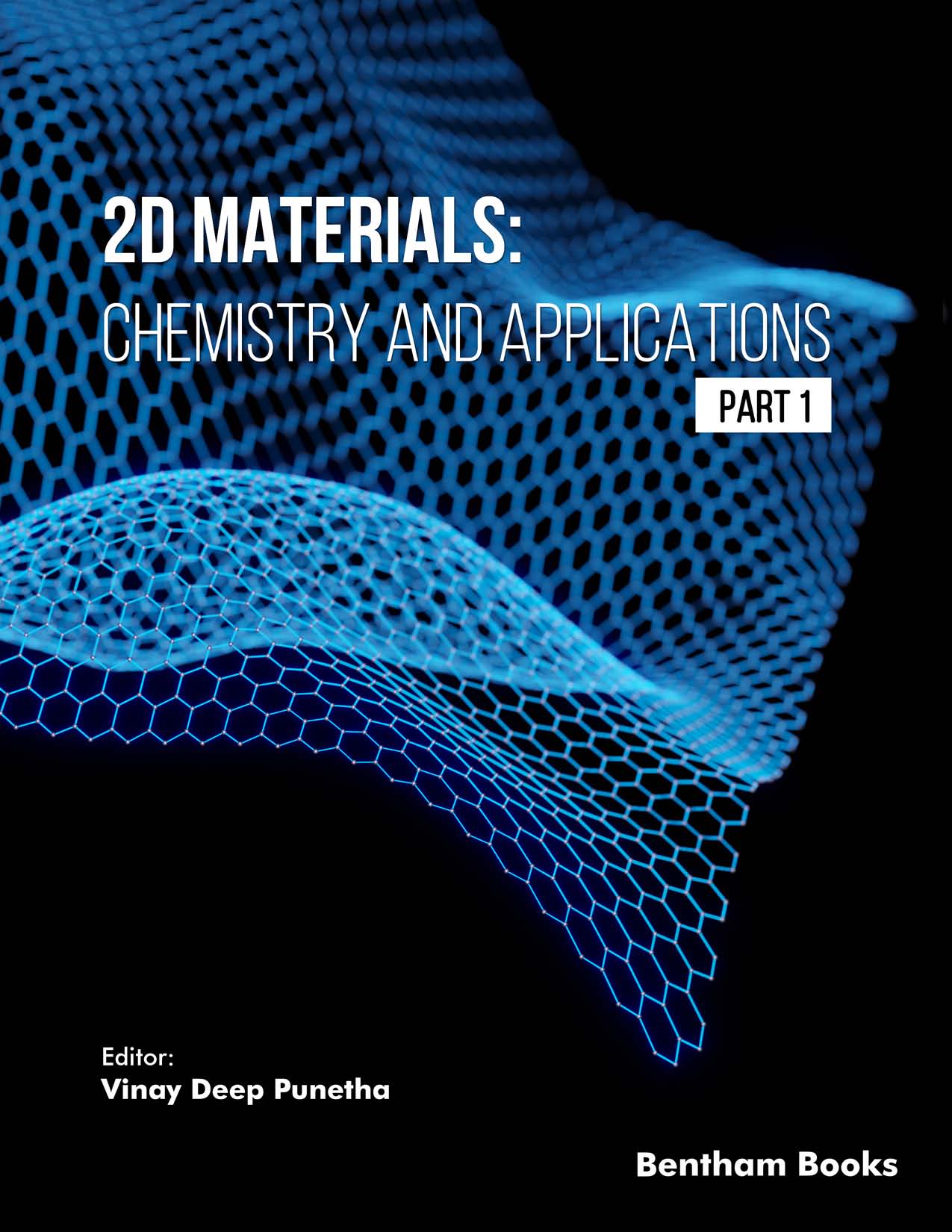Introduction
2D Materials: Chemistry and Applications offers a concise exploration of the revolutionary 2D materials synthesis, their properties, and diverse applications. It presents information about graphene and other 2D materials like germanene and stanene, emphasizing their synthesis, functionalization, and technological use.
The book chapters in part 1 cover the foundational aspects of graphene's structure and production techniques, highlighting their potential in areas like energy storage, drug delivery, and nanoelectronics. The book also explains the versatile applications of graphene-based nanocomposites, highlighting their multifunctional capabilities.
Chapters also demonstrate the impact of functionalization on applications like biomedical imaging, microbial control, and environmental sustainability. The challenges and solutions concerning the toxicity of graphene-related materials are also highlighted.
This book is a foundational resource for researchers, academics, and industry professionals in materials science, nanotechnology, chemistry, and environmental engineering on 2D materials.
Readership:
Researchers, academics, and industry professionals in the field of materials sciences and applied chemistry.

